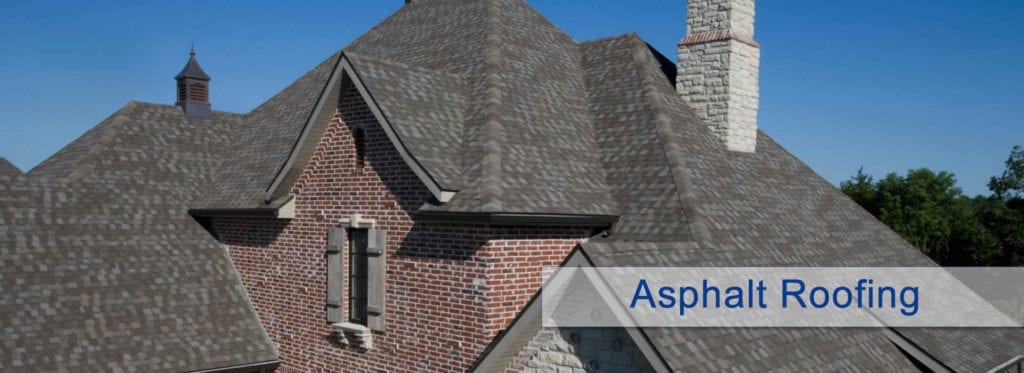
Roof Replacement Cost in 2023: A Comprehensive Guide for Homeowners
As a homeowner, a roof replacement is an essential investment to protect your home and its occupants from the elements. However, figuring out the cost of a new roof can be a daunting task. In 2023, numerous factors affect the price, from the materials used to the size and complexity of your roof. This comprehensive guide will break down the different factors that impact roof replacement costs, helping you make an informed decision for your home.
GET ROOFING QUOTES NOWFactors Affecting Roof Replacement Costs
-
Roof size and complexity
The size of your roof plays a significant role in determining the cost of a roof replacement. The larger the roof, the more materials and labor will be required, increasing the overall cost. In addition, the complexity of your roof – including the number of slopes, valleys, and ridges – will impact the price, as these features require more labor and expertise.
-
Materials
The materials you choose for your new roof will directly affect the cost of your roof replacement. In 2023, some popular roofing materials include:
- Asphalt shingles: The most common and affordable option, with prices ranging from $3 to $5 per square foot installed.
- Metal roofing: A more expensive, but durable and low-maintenance option, costing between $5 and $14 per square foot installed.
- Tile roofing: A popular choice in warmer climates, with prices ranging from $8 to $20 per square foot installed.
- Slate roofing: A high-end, luxurious option with prices starting at $15 per square foot and reaching up to $50 per square foot installed.
-
Labor
The cost of labor varies depending on your location and the roofing contractor you choose. In general, labor costs make up 60% of the overall roof replacement cost, so it’s essential to factor this into your budget.
-
Removal and disposal of the old roof
Before installing a new roof, the old one must be removed and disposed of, adding to the overall cost. Removal and disposal can range from $1 to $5 per square foot, depending on the material and local disposal fees.
-
Permits and inspections
In many areas, a permit is required for a roof replacement, and the cost varies depending on your location. Additionally, some municipalities require an inspection after the work is completed, adding to the overall cost.
-
Warranty and insurance
A warranty from the roofing contractor or manufacturer can provide peace of mind and may affect the cost of your roof replacement. Similarly, your homeowner’s insurance may cover a portion of the cost if your roof was damaged by a covered event, such as a storm or fire.

Estimated Roof Replacement Costs in 2023
Considering the factors mentioned above, the average cost for a roof replacement in 2023 ranges from $5,000 to $30,000. Here’s a breakdown based on the size and material of your roof:
- Small roof (1,000 sq. ft.) with asphalt shingles: $3,000 to $5,000
- Medium roof (2,000 sq. ft.) with asphalt shingles: $6,000 to $10,000
- Large roof (3,000 sq. ft.) with asphalt shingles: $9,000 to $15,000
- Medium roof (2,000 sq. ft.) with metal roofing: $10,000 to $28,000
- Large roof (3,000 sq. ft.) with metal roofing: $15,000 to $42,000
- Medium roof (2,000 sq. ft.) with tile roofing: $16,000 to $40,000
- Large roof (3,000 sq. ft.) with tile roofing: $24,000 to $60,000
- Medium roof (2,000 sq. ft.) with slate roofing: $30,000 to $100,000
- Large roof (3,000 sq. ft.) with slate roofing: $45,000 to $150,000
Keep in mind that these are rough estimates and that specific costs will vary depending on your location, the complexity of your roof, and the contractor you choose.
GET ROOFING QUOTES NOWTips for Reducing Roof Replacement Costs
- Shop around: Obtain multiple quotes from different roofing contractors to ensure you’re getting the best price and quality for your roof replacement. Don’t be afraid to negotiate and ask for discounts.
- Time it right: Roofing contractors may offer lower prices during their slow season, typically late fall and winter. By scheduling your roof replacement during these times, you might save on labor costs.
- Consider repairs instead of replacement: In some cases, repairing your roof instead of a complete replacement can save you money. However, this option should be carefully considered, as extensive damage might require a full replacement in the long run.
- Look for tax credits and rebates: Some states and utility companies offer incentives for energy-efficient roofing materials. Research your local area to see if you’re eligible for any tax credits or rebates.
- Maintain your roof: Regular maintenance, such as cleaning your gutters, inspecting for damage, and addressing minor issues, can help extend the life of your roof and delay the need for a costly replacement.
Conclusion: Roof replacement costs in 2023 can vary significantly based on several factors, such as the size and complexity of your roof, materials, labor, and additional expenses like permits and inspections. By understanding these factors and exploring ways to reduce costs, you can make an informed decision when it’s time to replace your roof. Remember to obtain multiple quotes from reputable contractors and consider the long-term benefits of investing in high-quality materials that will protect your home for years to come.
GET ROOFING QUOTES NOW
Leave a Reply